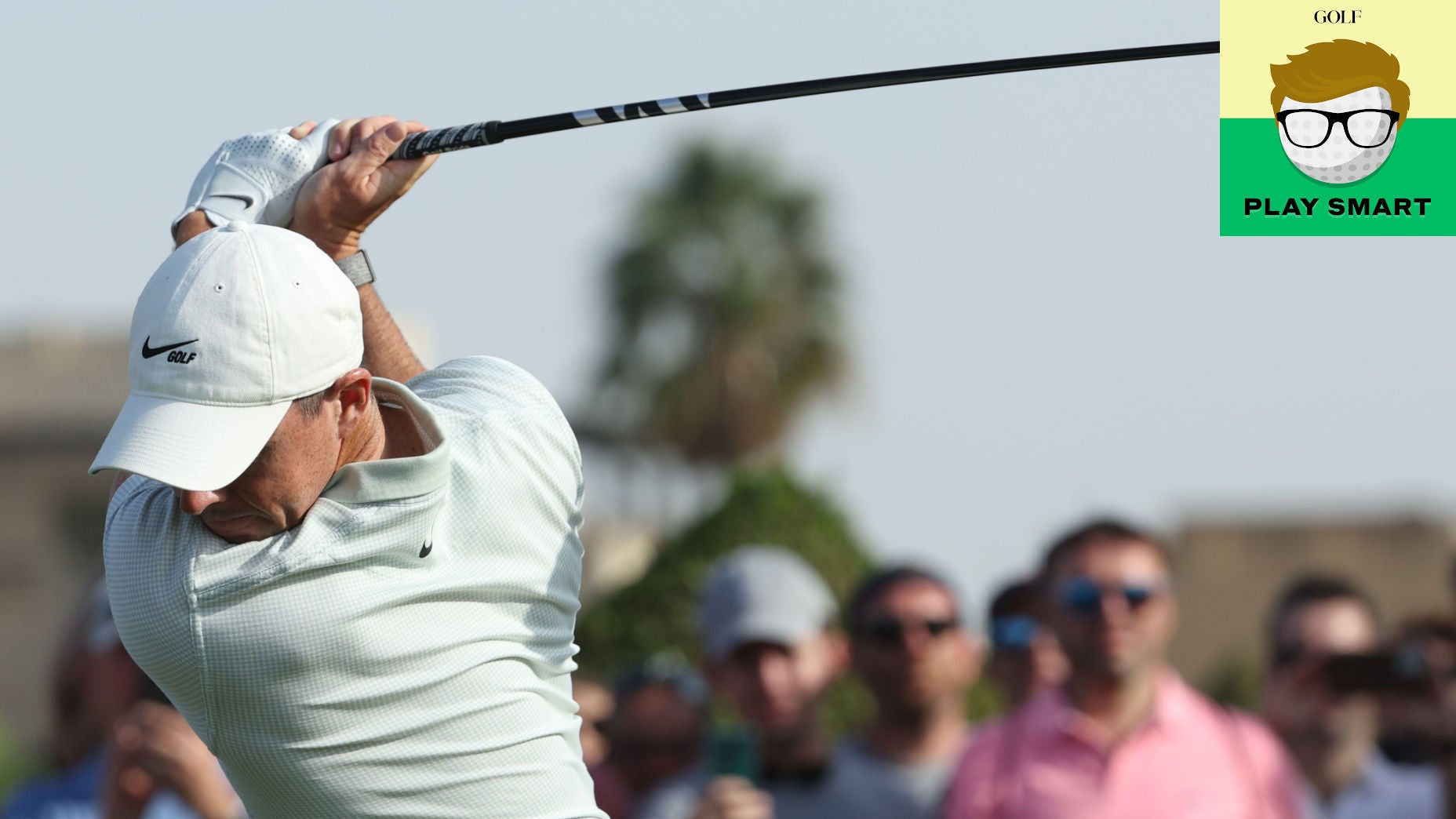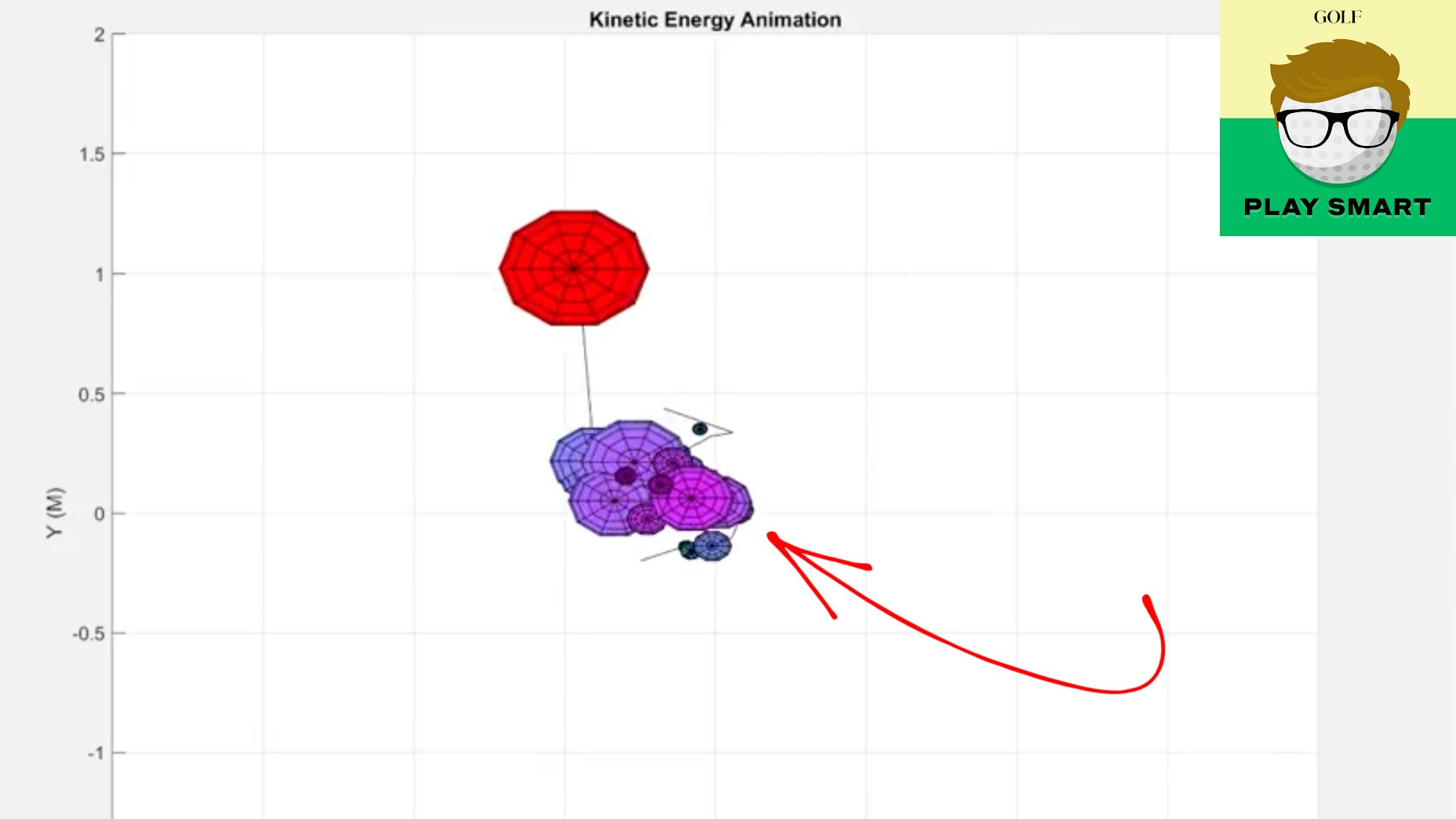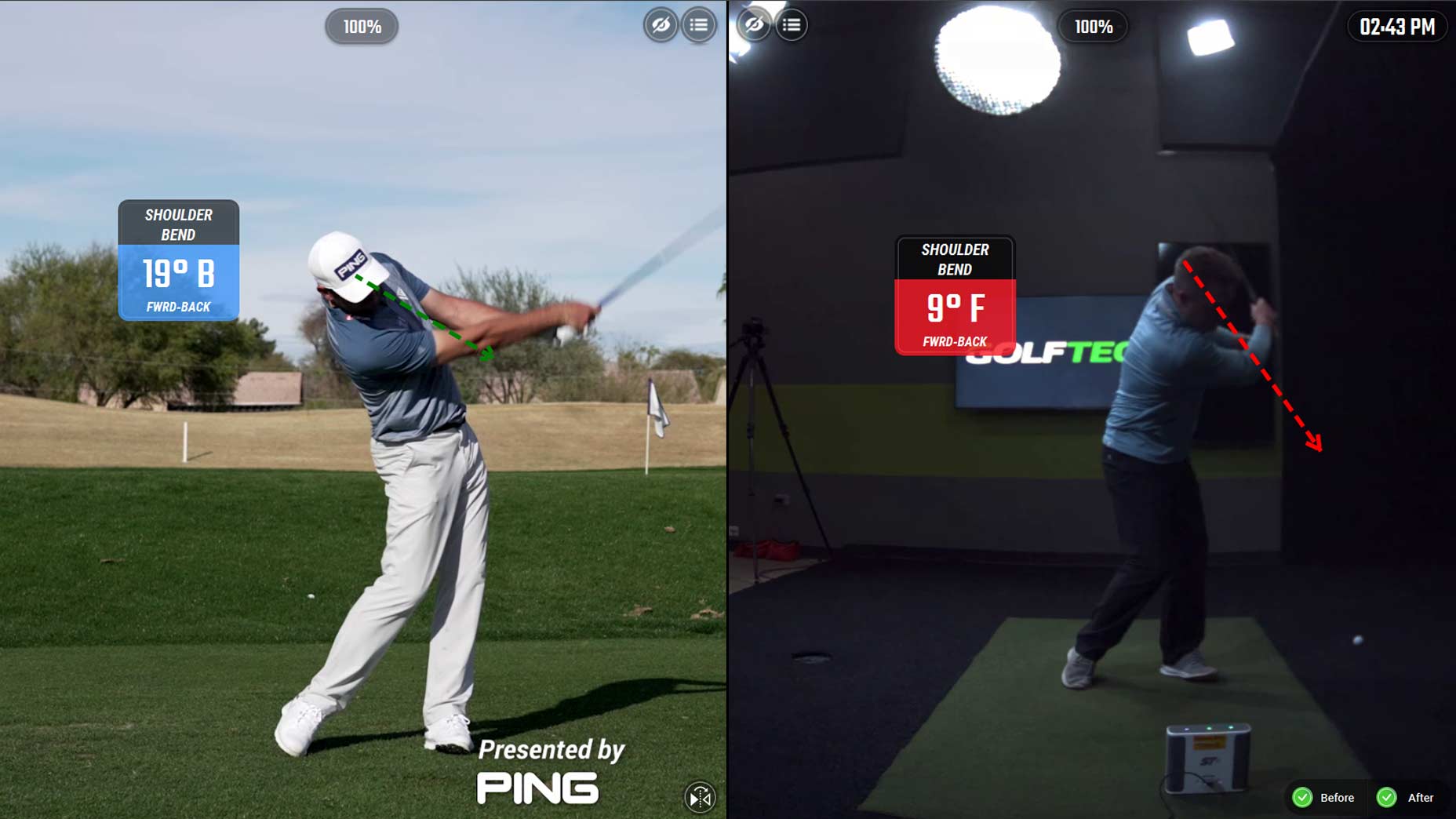Welcome to Play Smart, a game-improvement column that drops every Monday, Wednesday and Friday from Game Improvement Editor Luke Kerr-Dineen to help raise your golf IQ and play smarter, better golf.
The goal of golf is, obviously, to hit the ball well — ideally in your desired direction. To do that you need a club, and to use your body to move the club around with enough speed to hit the ball with it. We’ve come to know it as the golf swing.
Knowing that much, the question then becomes: What’s the best way to do that? That’s often where things start becoming a big messy, but it’s the essential theme that drives GOLF Top 100 Teacher Michael Jacobs’ research as he tries to find out. The latest stop on his journey is the release of a new paper this week titled “Inertia Characteristics of the Golfer During the Swing,” published in conjunction with his mentor and Mechanical Engineering professor Dr. Steven M. Nesbit, which you can read for yourself right here.
Fair warning: the paper is not for the faint of heart. It’s a deeply detailed and academic look at the golf swing that even the most ardent golf swing nerds will struggle to understand. So, I called up Jacobs and humbly asked him to — for lack of a better word — dumb it down to me.
This fascinating video shows the golf swing like you’ve never seen it beforeBy: Luke Kerr-Dineen
“Ok, so you’re watching the Olympics; picture a figure skater, or a high diver,” he says. “They’re twisting, they’re spinning, they’re tucking. We’re trying to study what they’re doing to get their body to twist that way.”
Hey, makes sense!
It’s also particularly interesting and unique for golfers, Jacobs went on to say, because unlike a figure skater or high diver, golfers aren’t free falling or standing on ice. They’re rooted onto first ground. And they’re also not simply trying to move their body around; they’re trying to move their body around and the weight of a heavy object.
“Where you have the club in your swing is a huge deal,” Jacobs says. “If you train yourself to twist your body without a club, you won’t fully appreciate what’s required to move the mass of that club around.”
And while there are lots of ways to use your body to move the club around, some of those ways aren’t necessarily optimal. They could be costing you power, efficiency and consistency. Which brings us back to a few of the ways that Jacobs says golfers can take away from his recent research…
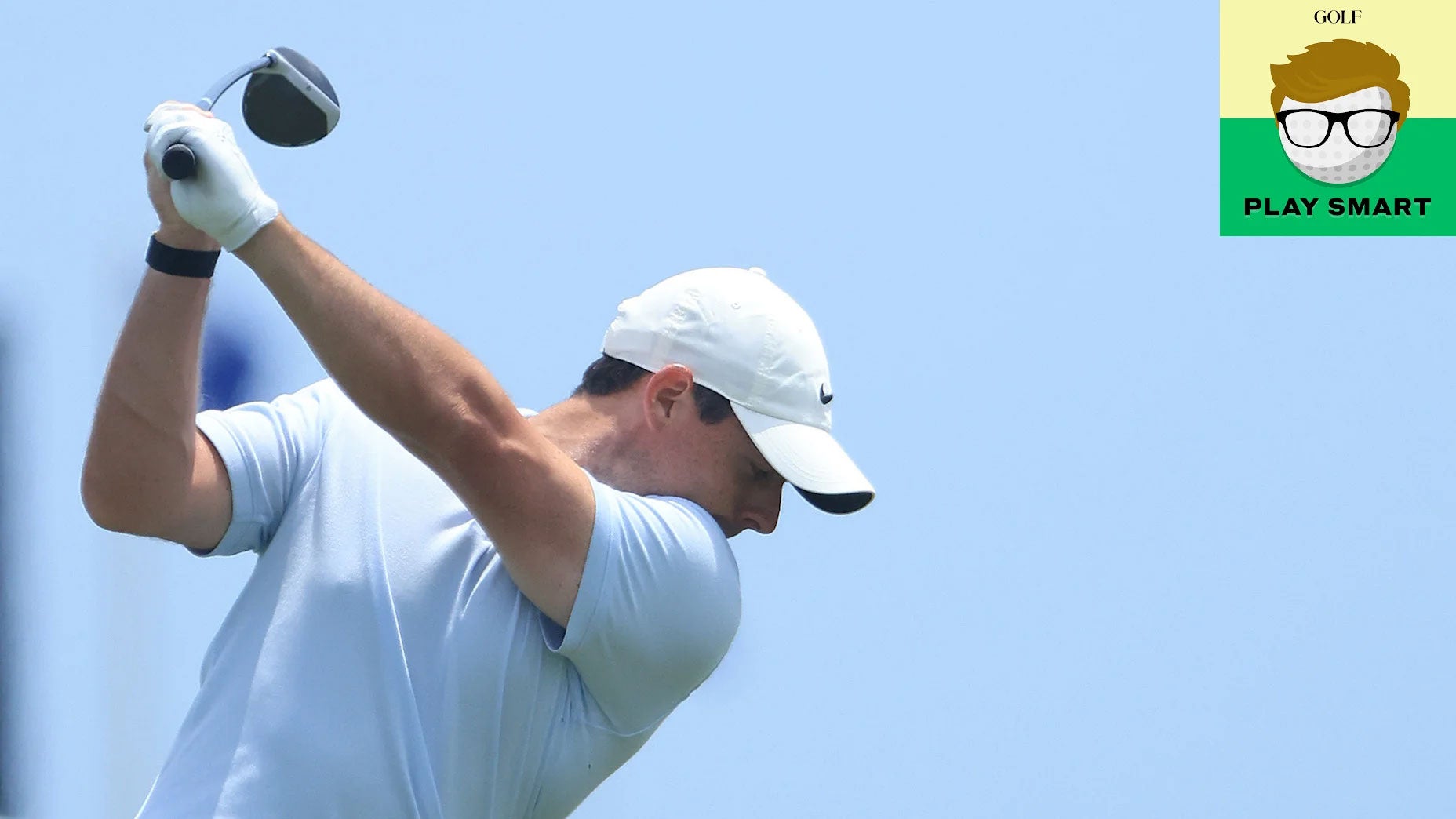
1. Wide-to-Narrow
Jacobs analyzed 3D golf swing data from 15 different golfers in his most recent study, and along with his other findings over the years, found one major difference between higher handicap golfers and pros: Higher handicaps tend to bring their arms too close to their body on the backswing compared to professional golfers, who keep their arms stretched wide and away from them.
The reason for this makes sense: Your arms, like the club, carry with them a certain weight. Amateurs will try to make life easier for themselves by cheating their backswing turn by keeping their arms really close to their body. But when they do that, they’ll often throw the club too early on the downswing and waste lots of power. They’re going from narrow-to-wide with their arms, Jacobs explains, whereas the best players go from wide-to-narrow from backswing to downswing.
“It mathematically validates this old idea of the golf swing going from wide-to-narrow,” he says. “The great players are using lots of extension with their arms on the backswing, then bring their arms closer to them on the downswing and twist with their body.”
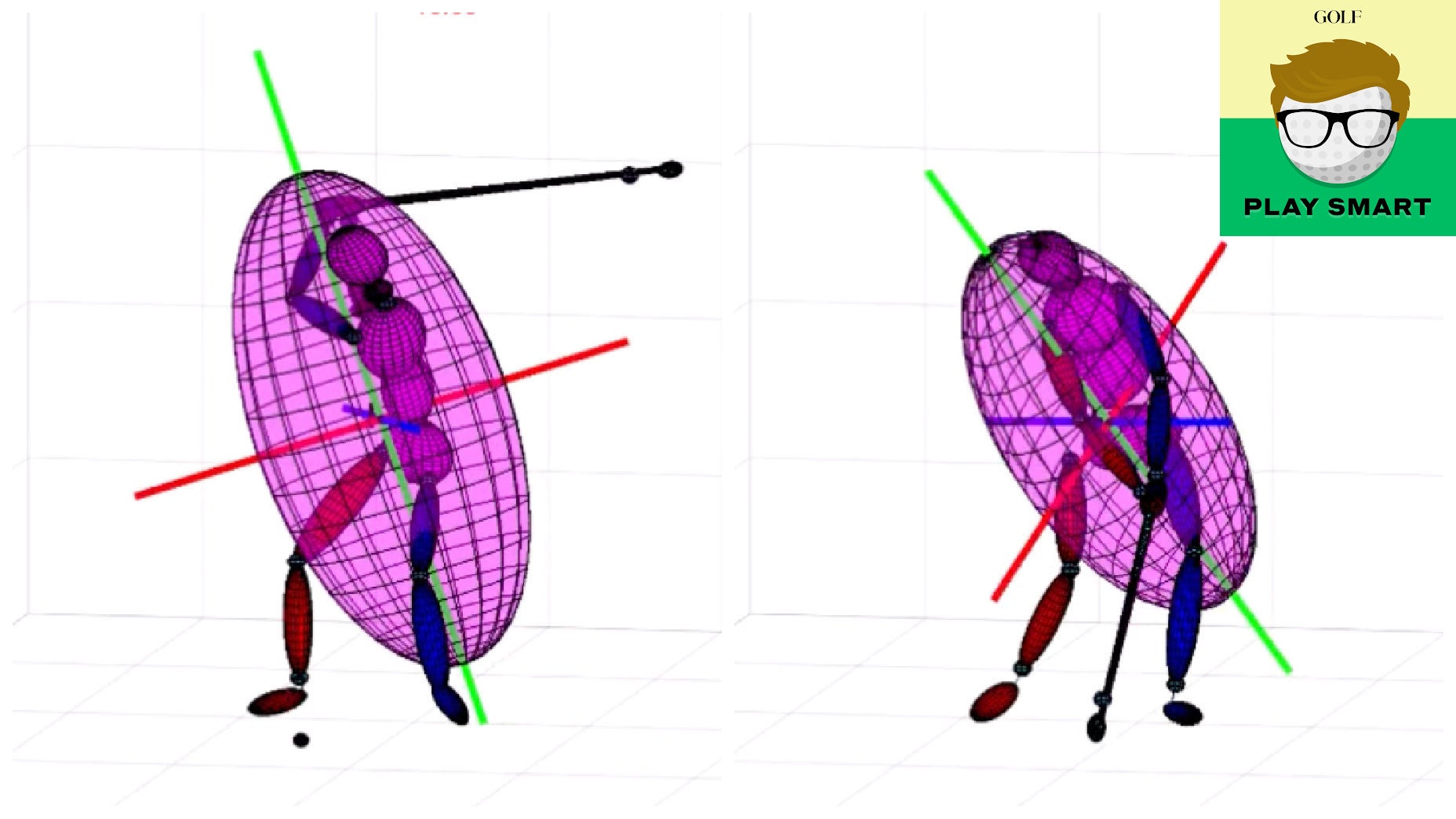
2. Tilt your torso
Another interesting highlight from the study underlines how important a role your torso, or chest, plays in your golf swing. Jacobs says he wants to see golfers to keep their head, neck and torso in a straight line, tilted slightly away from the target at setup, so the straight line those body parts form points towards your left foot (as you can see with the green line in the image above). Keeping that line as you swing will allow you to load your trail side effectively on the backswing without excess manipulation, and create a dynamic movement on the downswing.
“The weight of [your torso], plus your arms and the club are sufficient to move your weight back to your trail foot on the backswing,” Jacobs says. “Where your chest is during your swing is a great indicator of where your weight is going, because your trunk is the heaviest part of the human body.”
